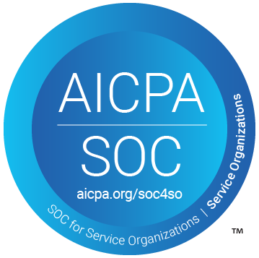The marketing of a university, college, or other institution of higher learning today is far more than selling lots of sweatshirts emblazoned with the school’s logo or mascot. John Garvey, president of Catholic University, said schools “are competing for students, and marketing is how you have to do that.”
And compete you must. In the past decade, the number of college students in the United States dropped by 2.6 million, or 13%. Experts anticipate another decrease of 15% over the next four years.
If we equate “students” with “customers,” you and your competitors in the education marketplace are pursuing a shrinking customer base.
Finding, getting, and keeping “customers” is crucial to the continued success of your institution. Endowments are great, but tuition payments still matter. For example, nearly half of all revenue for U.S. public colleges and universities comes from net tuition revenue.
Education marketing is a form of B2C, business-to-consumer marketing. The power of B2C email marketing is unmatched. Email generates $42 for every $1 spent, an astounding 4200% ROI. This performance makes it easy to understand why nearly 80% of marketers say email is vital to their company’s overall success.
Grand Canyon University found their process to create emails wasn’t effective
It’s fascinating to consider that as effective as email can be to deliver terrific results, the process to create that email is anything but.
For the marketing team at Grand Canyon Education (GCE), the marketing arm of Grand Canyon University (GCU), it typically took five days to get a single email ready for deployment. GCE creates emails for student recruitment, retention, and many other initiatives.
GCU is an institution with more than 20,000 students attending its campus in Phoenix, AZ, and another 90,000 online. With the pandemic, the demand for the number of types of emails requested and email volume rose dramatically. The need to boost engagement with potential students and encourage those enrolled to continue their studies at GCU was significant.
People affiliated with GCU who requested emails created by GCE became frustrated with the increasing length of time between asking for an email and seeing it ready to be sent. This delay prompted many, especially GCU enrollment counselors working in the field, to create emails on their own. Beyond many spelling errors and grammatical glitches, these emails were often not on-brand, even lacking specific and required regulatory language.
The GCE marketers didn’t see those error-filled emails until they were in people’s inboxes. This lack of visibility into the process proved frustrating because matters like brand compliance were their responsibility. They needed to put a real degree of control into place.
Embracing a culture change
The GCE marketers recognized solving the problems of slow email creation turnaround and a limited ability to handle higher email volumes required more than technology. It called for embracing a new way to create emails. The reality is GCE is like the overwhelming majority of organizations using email for marketing purposes. Their email creation process involved specialists using single-purpose tools, operating in silos. It was marked by lots of back-and-forth, with many time-sucking bottlenecks. It’s no wonder, then, that it takes 8 of 10 brands, including education brands, a week or more to get one email out the door.
Along with being too complex and taking too much time, this approach cost too much. Skilled developers were saddled with tweaking the HTML code they wrote due to the simplest of errors. Instead of spending their time on more strategic programming work to optimize the performance of their marketing automation stack, for example, they were changing a comma where a period mark should have been.
Then there were the folks in the field who went off on their own creating emails that could do more harm than good in terms of marketing goals as well as the reputation of the institution. Here too there was a desire to embrace change. The intent was to empower the largely non-technical people to create emails on their own that would be always on-brand and error-free. Along with that goal, the GCE team wanted a collaborative email review and approval procedure that would save tons of time while giving them visibility into the entire email creation process.
The solution to those problems—and more—came in the form of the Stensul Email Creation Platform™. It cut email creation time by 80% and allowed GCE to handle a 2x increase in email volume without any issues. Most important, the number of emails created by non-GCE marketing team members fell to nearly zero. With Stensul in place, those outside of marketing who asked for an email to be created in an hour didn’t have to wait anymore because they could create it themselves.
Liz Jacob, GCE’s Assistant Director of Marketing Communications, said, “Stensul gives us meaningful visibility into what email creators outside of GCE are doing, so we can track and prevent things from getting out of control.”
To learn more about how Stensul helped GCE create better emails faster, download the case study on this Email Creation Platform implementation here.




